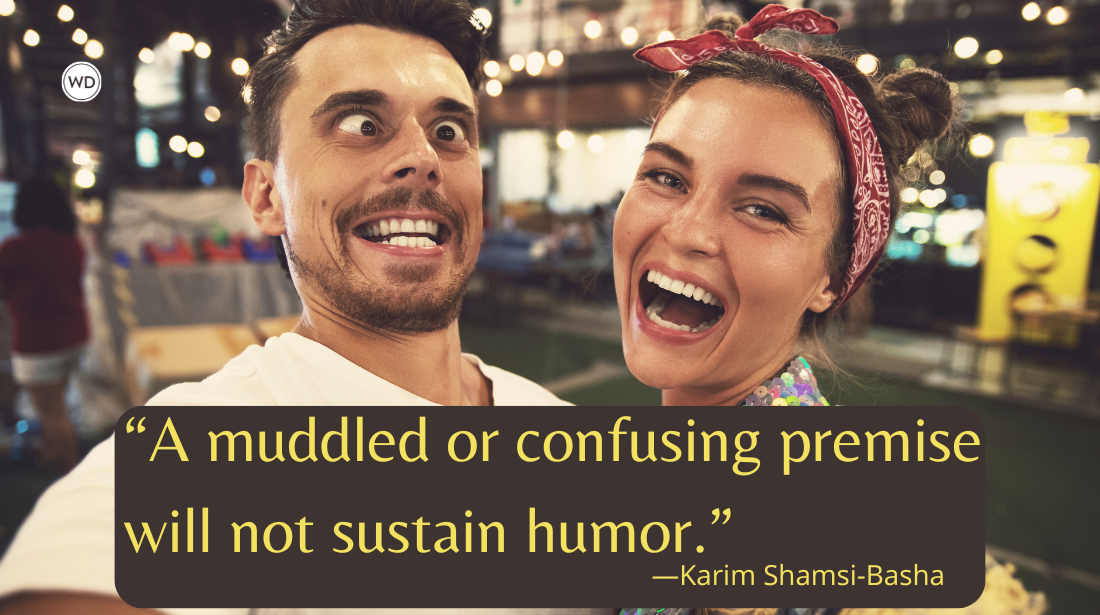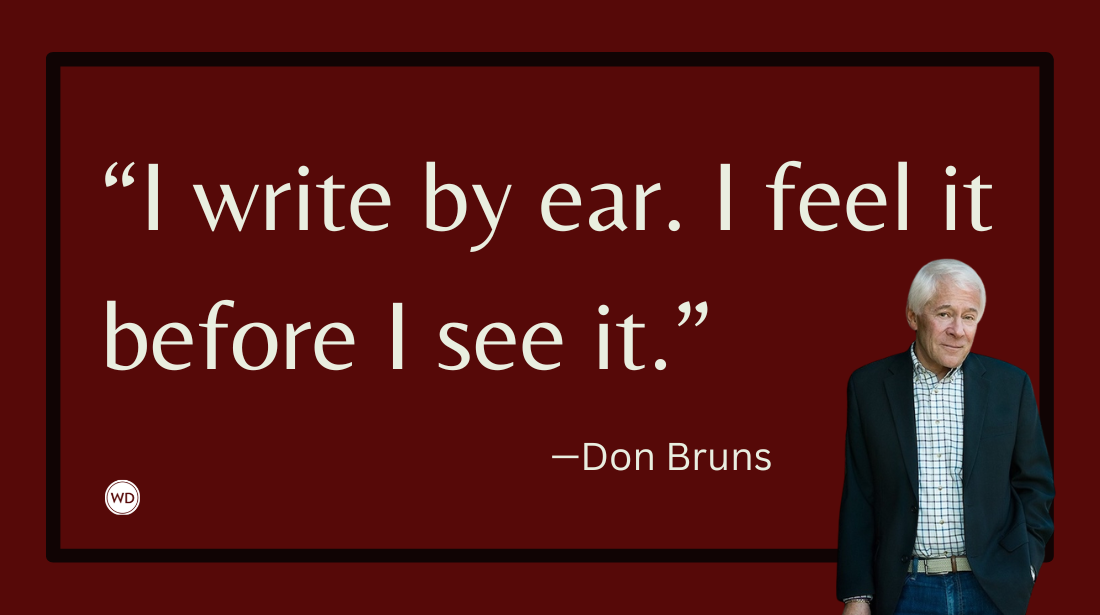Crystal King: On the Importance of Setting in Gothic Fiction
In this interview, author Crystal King discusses how being told one genre wasn’t sellable led her to combine genres with her new gothic historical fiction novel, In the Garden of Monsters.
Crystal King is the author of The Chef’s Secret and Feast of Sorrow, which was long-listed for the Center for Fiction’s First Novel Prize and was a Must Read for the MassBook Awards. She is an author, culinary enthusiast, and marketing expert, and has taught at multiple universities including Harvard Extension and Boston University. She resides in Boston. You can find her at CrystalKing.com, or follow her on Threads, Facebook, and Instagram.
In this interview, Crystal discusses how being told one genre wasn’t sellable led her to combine genres with her new gothic historical fiction novel, In the Garden of Monsters, her advice for other writers, and more.
Name: Crystal King
Literary agent: Amaryah Orenstein, GO Literary
Book title: In the Garden of Monsters
Publisher: MIRA Books
Release date: September 24, 2024
Genre/category: Gothic, Historical Fiction, Mythology
Previous titles: The Chef’s Secret; Feast of Sorrow
Elevator pitch: A Gothic retelling of Hades and Persephone from the point of view of a model that surrealist artist Salvador Dalí brings to the Sacro Bosco—Italy's Garden of Monsters—as his muse.
What prompted you to write this book?
It was the middle of the pandemic, and I was struggling to sell a historical novel about a Renaissance food figure. “Renaissance books aren’t selling right now,” I was told (not long before Maggie O’Farrell’s The Marriage Portrait hit the bestseller list). I was discouraged. This sentiment also didn’t bode well for the book I was writing about another obscure Baroque-era steward. I was lamenting about the whole thing on Zoom with an author friend, Kris Waldherr. “If I were going to write something that would actually sell, what would it be?” I remember her tilting her head in thought. “Well, gothics are hot right now (she had just finished a gothic masterpiece about the women of Frankenstein, Unnatural Creatures).” And I thought to myself, Hmmm. If I were to write a gothic, what would I write?
Immediately, the location came to me. And if you’ve read many gothics, you know it’s all about the location. I had been to the town of Bomarzo, an hour north of Rome, a couple of years before, completely on a whim only because it was near Caprarola, which I was visiting for my work on that Renaissance book. In Bomarzo is a spectacular Mannerist garden of 66 stone monsters called Il Sacro Bosco, or the sacred wood. The statues include the mouth of Hell, in the shape of an ogre, and images of Persephone and Demeter. The garden has a fascinating history which begins in the late 1500s, then pauses for nearly 400 years when the whole garden is abandoned and overgrown, then rediscovered by poets and artists in the early 20th century. In the 1950s a couple bought it and restored it for the public to visit. The location is certainly beautiful, magical, strange, and somewhat creepy, and looming above it on the hill is the medieval palazzo, making it an extra perfect setting for this ghosty story.
One of those artists who visited the garden was Salvador Dalí. When he was there, he filmed a tiny movie about it. I wasn't sure I wanted to include him, because he's very problematic, but the more I researched about him, the more I felt like he would be a perfect fit to help usher this story along.
How long did it take to go from idea to publication? And did the idea change during the process?
I began writing In the Garden of Monsters at a retreat in the spring of 2021. It was the very first thing I did after lockdown. It took me about nine months to write the book. But unfortunately, the editor of my previous books rejected it, so my agent, Amaryah Orenstein, took it out on the road again after a LOT of revision; after all, it was like we were starting over. But 2022 was a weird year, and everyone I knew was having a hard time getting any traction for their novels. Harper Collins was on strike for much of it, but when the teams were back in action in early 2023, we were able to secure the interest of MIRA Books and a two-book deal. The publishing process isn’t always fast, though, and it will be 14 months from signing the contract to publication, which was faster than the 18 months of my previous two novels.
Were there any surprises or learning moments in the publishing process for this title?
Working with a new publishing house meant that there were some differences. MIRA has been very collaborative, and I had a lot of say in the cover and even in choosing the audio narrator. This was so refreshing because that’s not often the case with publishers.
Were there any surprises in the writing process for this book?
My agent, Amaryah Orenstein, is an incredible editor, and together, we really edited the book before we started going out to new agents—so much so that we shrank it down a bit too much—I think it was only 78K words. My new editor, Dina Davis, wanted me to add several new chapters. Fortunately, I had a lot of cut material I could add back in to help with that process. But usually, authors are cutting, not adding!
What do you hope readers will get out of your book?
I hope readers will be intrigued by this beautiful, strange garden and consider a day trip there if they go to Rome. I imagine they’ll also learn a lot about Salvador Dali and his wife, Gala. As for the story, I hope it’s a good, wild ride. It was fantastic fun to write and research.
If you could share one piece of advice with other writers, what would it be?
Honestly, the best piece of advice is to put the butt in the chair. You don’t have to write every day, but if you do, your characters begin to live and breathe in your mind when you aren’t writing, which can significantly impact and improve your stories. Also, even writing as little as 400 words a day (generally easily done in an hour of work) will yield you a book a year. Thinking about it that way makes the task a lot less daunting.









